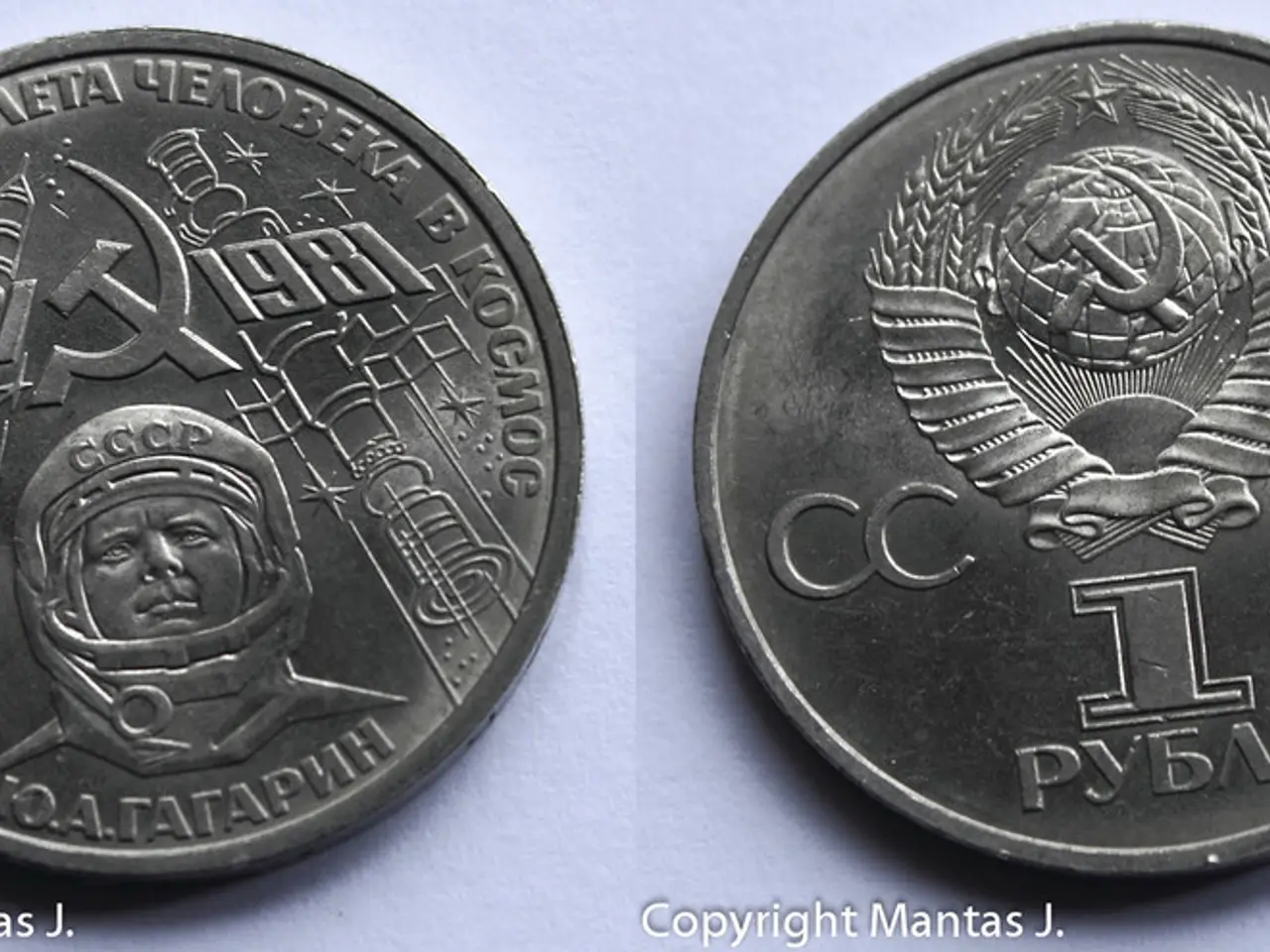Adjustingthe intensity of modulation effects: Choose a chorus for a stronger sound if your flanger is too harsh, or opt for a phaser when the chorus is too subtle.
In the realm of music production, three distinctive effects stand out for their ability to transform sounds and create unique sonic textures: chorus, phasing, and flanging. These modulation effects, while sharing some similarities, each have their own unique characteristics that set them apart.
Chorus, for instance, works by splitting the audio signal and mixing it with one or more slightly delayed copies, where the delayed signal is also pitch-modulated. This results in a thickening or doubling effect, producing a shimmering, lush, and spacious sound that mimics a choir or string section. However, when pushed to excess, the sound can become overly detuned and warbly, sometimes creating an unnatural or "swirly" texture that can wash out clarity.
Phasing, or phasers, on the other hand, split the signal and shift the phase of one copy using cascaded all-pass filters. This phase-shifted signal is mixed back with the original, creating peaks and notches in the frequency spectrum. The phase shift is modulated over time by a low-frequency oscillator, producing a sweeping filter effect. This creates a smooth, sweeping "whoosh" or "swirling" effect with a thinner, more nasal tonal quality compared to chorus. When pushed to excess, the sweeping becomes very pronounced, leading to an intense, sometimes metallic or "spacey" sound with deep nulls in frequency response.
Flanging, a close cousin to chorus, combines the original signal with a delayed copy whose delay time is very short and continuously modulated. This creates a series of comb filter peaks and notches moving up and down in frequency. Historically, it mimicked the tape-flanging effect from two tape recorders played simultaneously, with one tape's speed varied by pressing on its reel flange. The result is a distinctive "jet plane," "swooshing," or "spaceship" sound with dramatic, harmonic-rich cancellations and reinforcements. When pushed to excess, the effect becomes very pronounced and metallic, potentially sounding harsh or "over the top" with very deep comb filter notches that can make the sound hollow or phasey.
In essence, all three are modulation effects that alter timing or phase relationships, but chorus simulates multiple instruments, phasing uses phase shifts to create frequency sweeps, and flanging uses very short delays for comb filtering. Understanding the intrinsic differences between the three requires understanding the principles of phase.
Each effect has its own place in music production, with the MXR Phase 90 being a popular choice for pairing with instruments like the Rhodes electric piano, while the EHX Small Stone, produced in the 70s, is known for its original sound and high value. To delve deeper into these fascinating effects, further reading on modulation effects is recommended.
Technology in music production offers a wide array of effects to transform sounds, such as chorus, phasing, and flanging, each having unique characteristics that enhance entertainment. Chorus creates a lush, shimmering sound by mixing the original signal with slightly delayed and pitch-modulated copies, while phasing uses phase shifts to create frequency sweeps through the use of cascaded all-pass filters. Flanging, a close cousin, uses short delays for comb filtering, creating a Jet plane, or spaceship-like sound. These effects, though altering timing or phase relationships, each provide a distinct sonic texture that adds depth to music.




